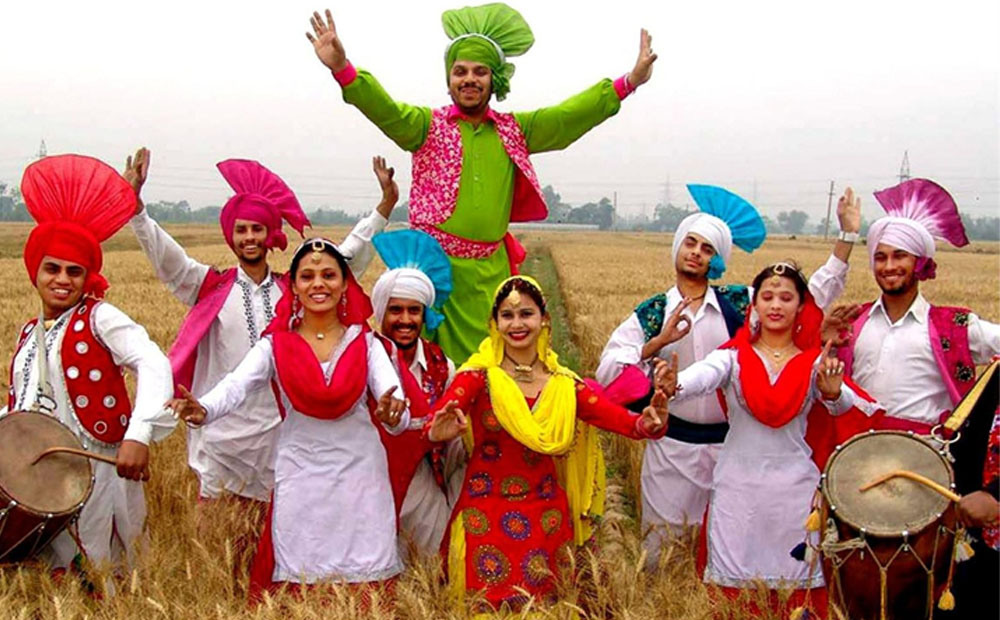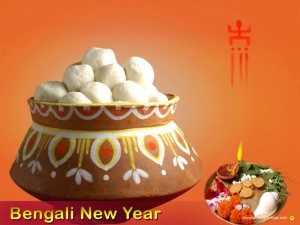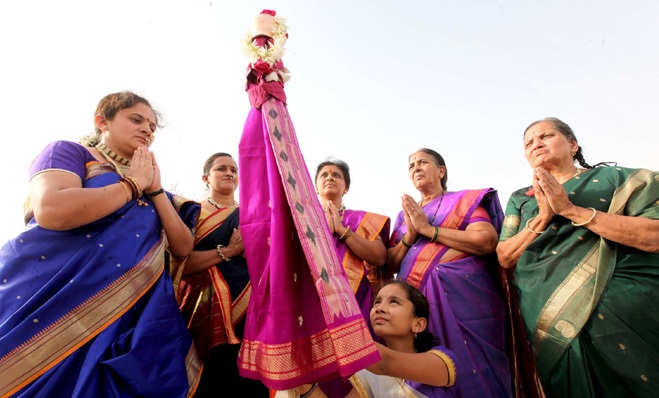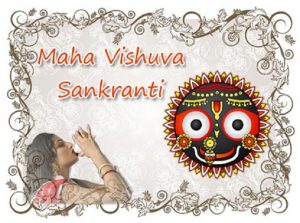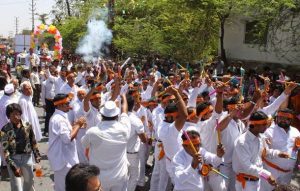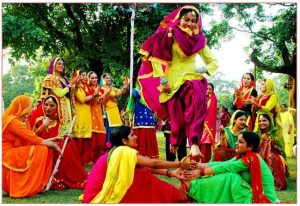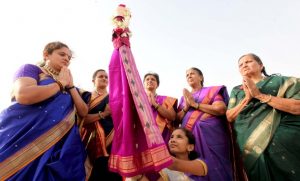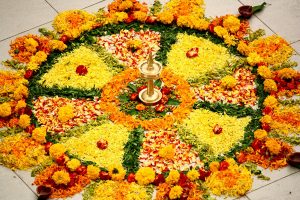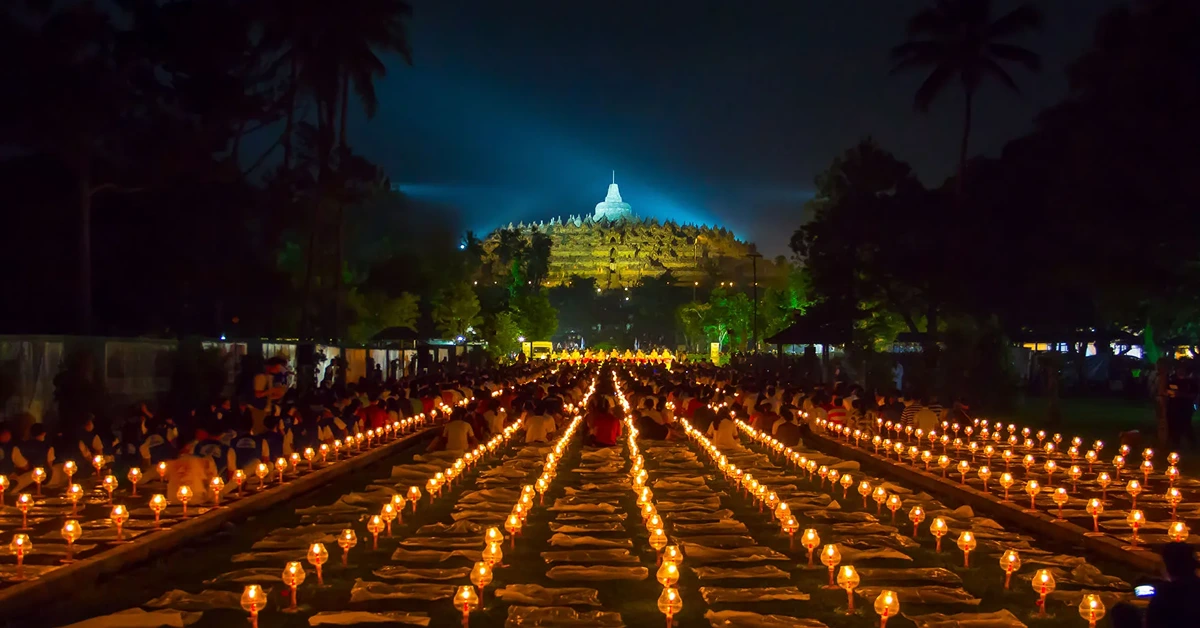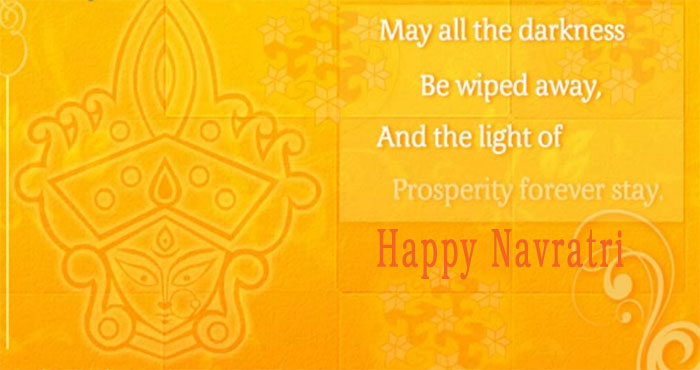March/April is the time for festivities across India to celebrate the New Year. Different names, rituals, and festivities. A time for colorful gaiety, scrumptious food and more…
Bengali New Year – Pohela Boishakh – April 14, 2025
It falls on 14 or 15 April of the Gregorian calendar depending on the use of the new amended or the old Bengali calendar respectively. In Bangladesh, it is celebrated on 14 April according to the official amended calendar designed by the Bangla Academy. In Bangladesh, Pohela Boishakh is a national holiday and in West Bengal and Assam it is a public (state) holiday and is publicly celebrated on 14 or 15 April every year which is celebrated as new year in Bengal.
Andhra / Karnataka New Year – Ugadi – March 30, 2025

Ugadi is celebrated as New Year’s Day in Karnataka and Andhra pradesh. The name Ugadi is derived from the name “Yuga Adi”, which means ‘the beginning of a new age’. It is celebrated on the first day of the Hindu month Chaitra, which marks the onset of spring. It is believed that Lord Brahma, the creator according to Hindu tradition, began creation on this day. Preparations begin well ahead of the festival.
People clean their homes, decorate entrances with mango leaves, and prepare special dishes like Ugadi Pachadi, a unique mixture symbolizing different flavors of life – sweet, sour, bitter, and spicy.
Maharashtra New Year – Gudi Padwa– March 30, 2025
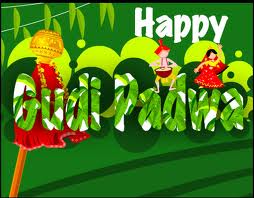
Gudi Padwa is celebrated as New Year’s Day in Maharashtra. It is celebrated on the same day as Ugadi i.e., the first day of the month Chaitra. Courtyards of rural houses are cleaned and plastered with fresh cowdung. Designs called Rangolis are drawn on doorsteps. People wear new clothes and special dishes are prepared. Lord Brahma is worshipped on this day and the gudi, Brahma’s flag (also called Brahmadhvaj), is hoisted in every house as a symbolic representation of Rama’s victory over Ravana.
Festive foods like puran poli and shrikhand are enjoyed with family and friends.
Tamil New Year – Puthandu– April 14, 2025

Puthandu, also known as Varuda pirappu, is celebrated as New Year’s Day in Tamil Nadu. It is celebrated on the first day of the Tamil month Chithirai, which falls on 14 April. Women draw patterns called kolams. A lamp called a kuttuvilaku is placed on the center of the kolam, to eradicate darkness. A ritual called kanni takes place. Kanni means ‘auspicious sight’. People watch jewelery, fruits, vegetables, flowers, nuts, rice etc., as it is a belief among Tamil people that it brings prosperity. People wear new clothes and special dishes are prepared for the occasion. A car festival is held at Tiruvadamarudur, near Kumbakonam.
Special dishes like mango pachadi – a sweet and tangy dish made with raw mango, jaggery, and neem flowers – are prepared. People visit temples and seek blessings for a prosperous year ahead.
Kerala New Year – Vishu – April 14, 2025
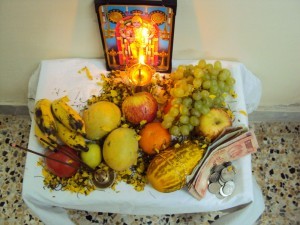
Vishu is celebrated as New Year’s Day in Kerala. It is celebrated on the first day of the Malayalam month of Medam. Offerings to the divine called Vishukanni are neatly arranged on the eve of the festival and consist of rice, linen, cucumber, betel leaves, holy texts, coins and yellow flowers called konna (Cassia fistula). A bell metal lamp called nilavilakku is placed alongside. It is considered auspicious to see the Vishukanni first thing in the morning. On this day, people read the Ramayana and go to temples, Hindu places of worship. Children burst crackers, people wear new clothes and prepare special dishes and the elders of the house give out money to the children, servants and tenants. The money given is called Vishukaineetam.
Kashmiri New Year – Navreh – March 30, 2025
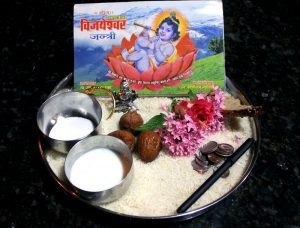
Navreh is the lunar new year which is celebrated in Kashmir. This coincides with the first day of the Chaitra (spring) Navratras. This day finds mention in Rajtarangini and Nilamat Purana of Kashmir and is regarded as sacred in Kashmir as the Shivratri. The celebrated Arab scholar Alberuni has written that Kashmiris celebrate the second of Navaratras to commemorate victory of their greatest and famous king – Lalitaditya – with great festivity and pomp. Navreh falls on the same day as Ugadi or Cheiraoba or Gudi Padwa.
Odia New Year April 13/ 14, 2025
Mahavishuva Sankranti, is celebrated as the Odia New Year. On this day, religious people offer delicious Pana – a sweet drink made of different types of fruits, water, milk, bela, curd and sugar or jaggery – to the Tulsi Plant, Lord Shiva and Shalagram and their deities in various Temples of the state. People also drink Pana with great enjoyment. During the festival you will find water pots placed on the roadsides to help the thirsty souls. Water is as also offered to animals and birds with equal enthusiasm. This Sankraniti is also known as Pana Sankranit to Jala Sankranti.
This day is also a celebration of Hanuman Jayanti. Mahabishuda Sankranti is also significant for Jhamu Yatra and this month long festival comes to an end. Patuas (those who observe it) keep fast and wander to various places to preach the religious significance the festival of the Lord Shiva, Goddess Parvati and Goddess Mangala. On the concluding day, these Patuas discipline their senses for more penance and walk on fire and thorns to concentrate on spirituality for the dignity and propriety of life.
Sindhi New Year – Cheti Chand– April 1, 2025
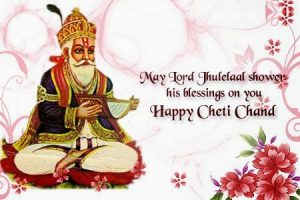
Cheti Chand is celebrated as New Year’s Day by Sindhis, According to the Hindu calendar, Cheti Chand is celebrated on the second day of the Chaitra month known as Chet in Sindhi. Hence it is known as CHET-I-CHAND.
Cheti Chand is celebrated by the Sindhi community, marking the birth of their patron saint, Jhulelal. It falls in March or April and is observed with prayers, community feasts, and processions called Baharana Sahib, where a symbolic representation of Jhulelal is taken to a water body.
Himachali New Year – Chaitti and Basoa –March 30, 2025
The festivals of Chaitti and Basoa are celebrated as New Year festivals in the state of Himachal Pradesh.
Chaitti is celebrated on the first day of month of Chaitra which according to the Bikram Samwat is the first day of year. The first day of this month (Chaitra Sankranti) is considered very important and is celebrated all over the state. Chaitti is cebrated on the same day as Ugadi and Gudi Padwa.
The festival of Basoa, also known as Bishu, is celebrated on the first day of the month of Baisakh. The aboriginal and the farming folk celebrate the Basoa festival. Three days before the festival, people make little cakes with Kodra (a coarse grain) flour and wrap them up in leaves. After three days the cakes ferment, then on the morning of the festival day people invite the married daughters and other relatives and break and eat these cakes with honey and sweet water flavoured with jaggery. A ritual song is sung on this occasion.’Manoj
Sikh New Year – Baisakhi –April 13, 2025
Baisakhi Festival, also called Vaisakhi, holds great importance for the Sikh community and farmers of Punjab and Haryana. Baisakhi falls on 13 or 14 April, the first day of the second month of the year according to the Nanakshahi Calendar. Sikhs also celebrate this day in honor of their
tenth guru, Guru Gobind Singh. Baisakhi commemorates the day when the Sikh Guru eliminated caste differences and founded Khalsa Panth in 1699, at Anandpur Sahib, Punjab. The Sikh New Year as per the Sikh Nanakshahi Calendar falls on 14th March every year, with the beginning of Chet; and is marked with revered celebrations throughout the Sikh community.
The festival is marked by traditional bhangra and gidda dances, fairs, and visits to Gurudwaras, where langar (community meals) are served.
Andhra New Year – Ugadi– March 30, 2025
Chaitra Pratipada celebrated in Andhra Pradesh, Bihar, Jharkhand and Uttar Pradesh with the beginning of the Hindu New Year. New Year start with 1st day of Chaitra i.e. the beginning of the Hindu New Year.
In 2025, the Hindu new year began on March 30th.
Maithili New Year April 14, 2025
Juir Sheetal also known as Pahil Baisakh or Baisakhi or Maithili New Year is the celebration of the first day of the Maithili new year. This day usually falls on 14 April for the Maithils in Mithila region of India and Nepal. This is also called Nirayana Mesh Sankranti or Tirhuta new year in some regions of Mithila. The festive occasion is in keeping with the Hindu solar calendar. This day falls on the 13-14th or 14-15th of April and coincides with the new years of other eastern states of India. Sweets and greetings are exchanged. This day is also called Hanumat Dhwajadanam, the day Hanuman’s flag (and hence Mithila’s flag) is to be flown. It is also the birthday of Raja Salhesh (Shailesh – the king of Himalyas region of Mithila who won area up to Tibet) whose garden is at the Mahisautha in Siraha district headquarters of Nepal.
Assamese New Year – Bohag Bihu – April 14, 2025
Bohag Bihu, or Rongali Bihu, is Assam’s New Year and spring festival, usually celebrated in mid-April. It marks the start of the Assamese calendar and the sowing season. Traditional Bihu dances, music, feasting, and rituals to honor cattle play a significant role in the celebrations.
Ladakh, Arunachal Pradesh, Sikkim New Year – Losar February 28, 2025
Losar is the Tibetan Buddhist New Year celebrated in Ladakh, Arunachal Pradesh, and Sikkim. The festival lasts for several days, marked by prayers, traditional dances, Cham (masked dances), and special foods like guthuk (a noodle soup with symbolic items hidden inside).
India’s myriad New Year celebrations reflect its rich cultural and linguistic diversity. While the customs and rituals may differ, the essence remains the same – a fresh start, gratitude for the past, and hope for a prosperous future. These festivals not only strengthen community bonds but also serve as a testament to India’s unity in diversity.


